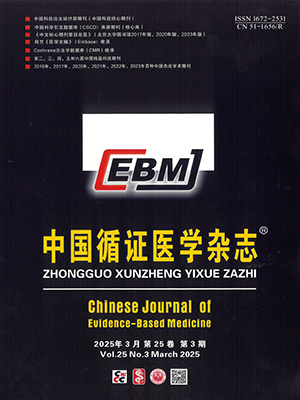The two factors that affect enrollment of participants and the process of intervention in randomizedcontrolled pragmatic trials are similar to the situation of clinical practice, thus its effects are similar to the situation ofclinical practice. Therefore, when one estimates an intervention’s effect on a patient, it will be more similar to a real clinicalsituation than results taken from an explanatory trial. Due to the introduction of interventions and process variables usedin a pragmatic trial that conform to traditional Chinese medicine and acupuncture practices, more and more interest isgrowing among researchers in the traditional Chinese medicine field. This article introduces the principles and conceptsof the pragmatic trial, and the key points of design via some samples.
Citation: WU Taixiang,SHANG Hongcai,BIAN Zhaoxiang. Randomized Controlled Pragmatic Trial: Concept, Design, Practice. Chinese Journal of Evidence-Based Medicine, 2009, 09(12): 1277-1280. doi: 10.7507/1672-2531.20090232 Copy
Copyright © the editorial department of Chinese Journal of Evidence-Based Medicine of West China Medical Publisher. All rights reserved
-
Previous Article
An Introduction to Evidence-Based Medicine Glossary VII CHENYaolong, YU Jie, ZHANG Wenjuan, ZHAO Yu, ZHANG YuTing, WANG MengZHU Xiaojuan, WANG Ziwei, CAI Yujia, DU Liang, LI Youping -
Next Article
Investigation on the Current Leadership Situation in Public Hospital Pharmacies ZHANGZhiyong, WANG Li, WANG Peng, LI Tianping, JIANG Yunou, LI Youping




